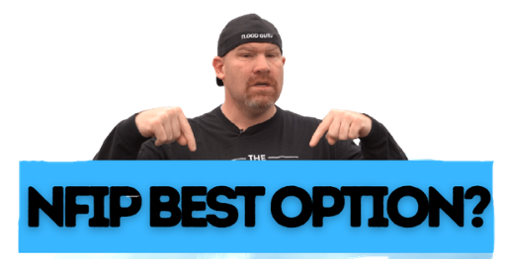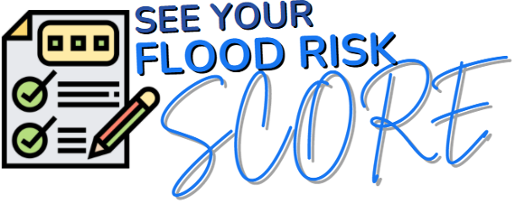Arizona Flood Insurance: Prescott Flood Map Updates for August 2021.
September 1st, 2021
6 min read
By Chris Greene
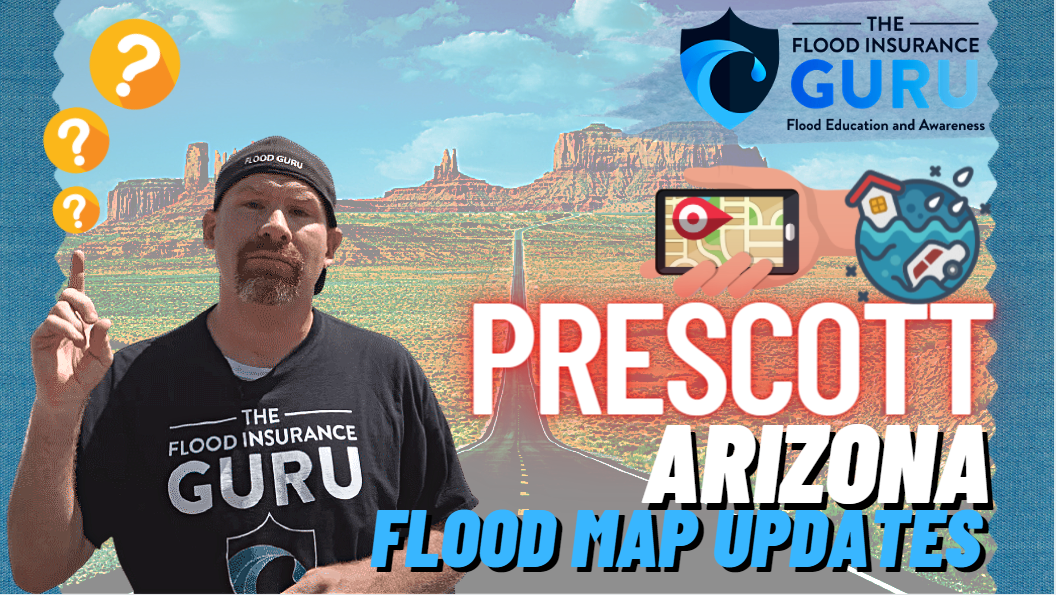
As the storms keep coming, the changes to federal flood insurance come with it as well. Today, we want to unpack the upcoming changes to Flood Insurance Rate Maps (FIRM) in Everybody's Home Town, Prescott, Arizona. We will understand the good, the bad, and the ugly changes coming to this town and what it means for flood insurance for its locals.
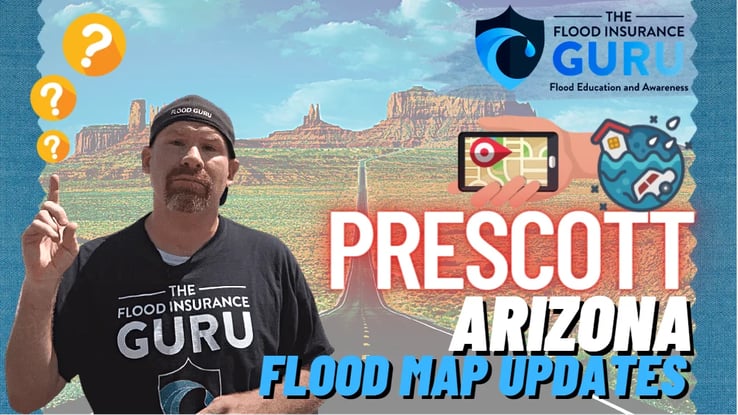
Prescott, AZ
Prescott is no stranger to flooding especially when we talk about more pluvial ones like flash flooding due to rainfall. Earlier this month, Yavapai County and the Prescott Valley faced heavy rainfall that immediately caused flooding to these two areas.
At the time of writing, multiple areas of Arizona like Phoenix and Prescott itself are under a flood watch warning due to the expected continuous rainfall from Hurricane Ida.
Today, we want to unpack the upcoming flood map changes to Prescott Arizona and although zone designation Flood Insurance Rate Map (FIRM) won't really impact your flood insurance rates with the Federal Emergency Management Agency (FEMA) and the National Flood Insurance Program (NFIP), it's important to always keep in mind that this will be used for a regulatory standpoint.
Generally, this still means that if you're in a high-risk flood zone, also known as the special flood hazard areas (SFHA), you're still expected to carry mandatory flood insurance for your property.
So what are the upcoming changes to Prescott City on August 24th, 2021?
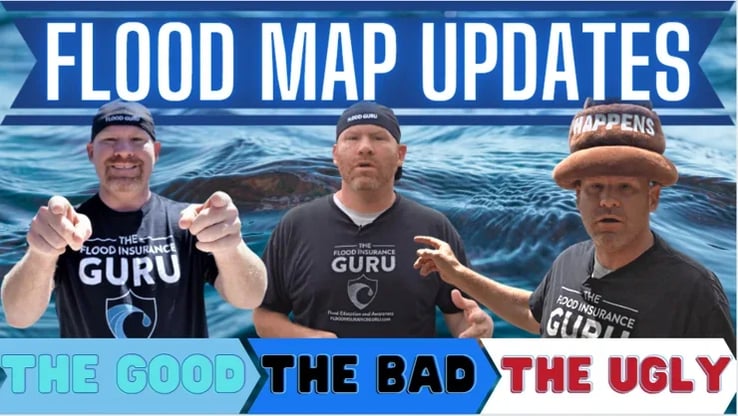
The Good
When it comes to good changes with this new flood map update, we'll be talking about the movement of properties impacted in the city. The good change generally means that buildings and houses that will be getting the best deal out of the floodplain mapping that FEMA is producing.
To be more specific, about 107 property owners will have their properties move out of a high-risk flood zone and into the low-risk flood zones. This is what FEMA calls the "in to out" movement. Some would call this moving to a Flood Zone X.
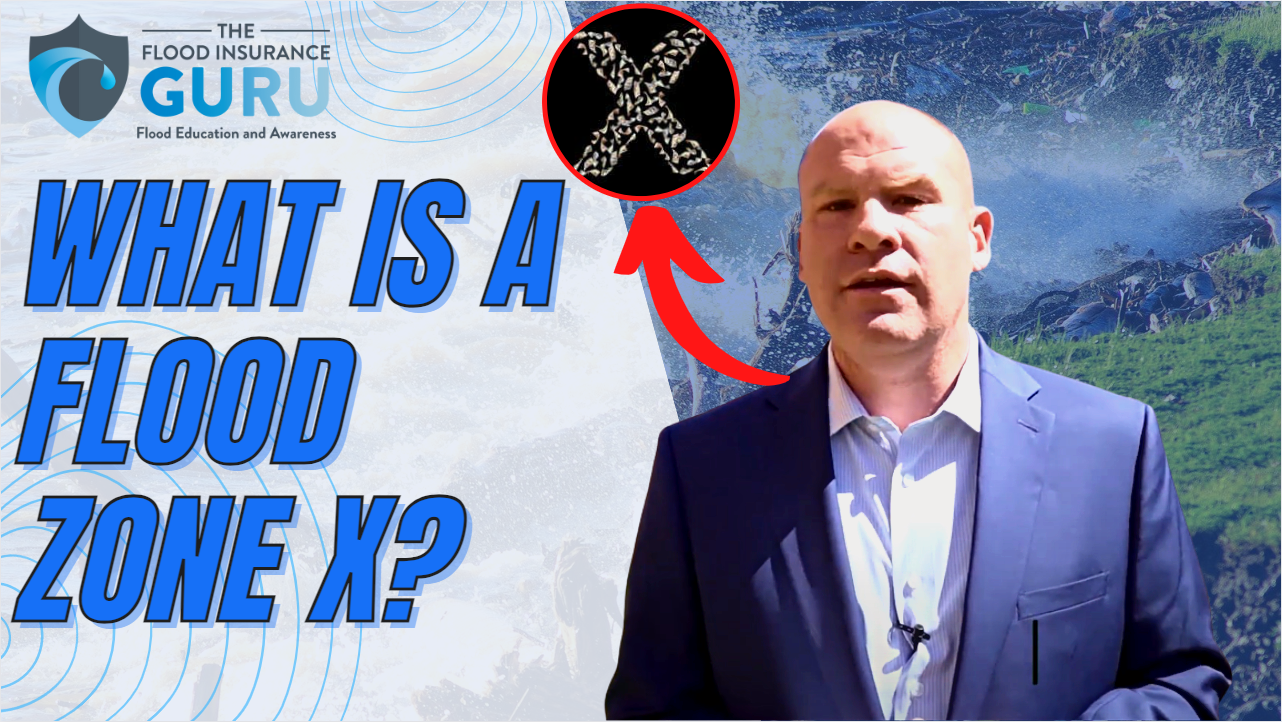
Low-risk flood zones are also known as the preferred flood zone or non-mandatory zones since this is where mortgage companies and the federal government would stop requiring homeowners to purchase flood insurance.
Yes, this means that 107 property owners can choose not to purchase flood insurance for their property however, fair warning to everyone, FEMA had constantly reported that 30% of the flood insurance claims come from these low-risk flood areas.
Simply put, this means that you're not really exempted from experiencing floods at all. We've covered this in our previous episode when we talked about the reasons why you might be flooded in a low-risk zone.
The Bad
Now, if there's good news, there's also bad news. This comes in the form of the opposite with the good movement that we're seeing which is what FEMA calls the "out to in" movement. This is generally because your property that wasn't in a high-risk zone or special flood hazard area (SFHA) will be moved into the SFHA and high-risk zones. Some would call this moving from Flood Zone X to Flood Zone A.
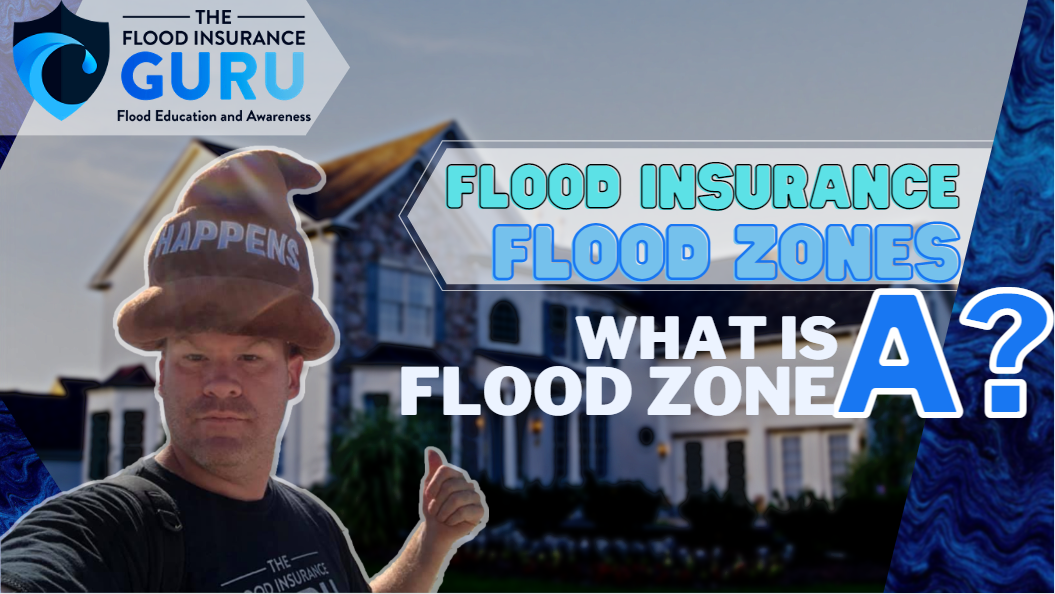
Only 11 properties will be impacted by this change in FEMA Flood Maps to Prescott. This is bad for a couple of reasons. One, since FEMA and the National Flood Insurance Program (NFIP) runs through a lot of flood data, they are seeing that your property or the general area that it's in has received an increase in current flood risk as well future flood risk.
Another bad thing about this is that you will be required to start carrying a mandatory flood insurance purchase for your property because of the higher risks it's presenting. Let's be honest, being in a high-risk flood zone or the SFHA can be very expensive when it comes to flood insurance premiums in our current NFIP setup especially if you have a relatively bigger or more expensive property.
The Ugly
Lastly, we still have to discuss the biggest change and the ugliest among these three. The ugly change represents the "in to in" movement. This means that a property that's already in a high-risk flood zone will be mapped into a higher-risk flood zone. You can call this "moving from Flood Zone A to Flood Zone AE".
This will impact about 2,899 properties in Prescott which is a very huge number. In fact, we rarely see an "in to in" movement that comprises the biggest chunk within these three changes. However, instead of worrying about a possible flood insurance rate increase (which will disappear by the time NFIP Risk Rating 2.0 kicks in), this simply means that when something like Tropical Storm Elsa happens again, you might face a bigger and more severe flood damage to your property.
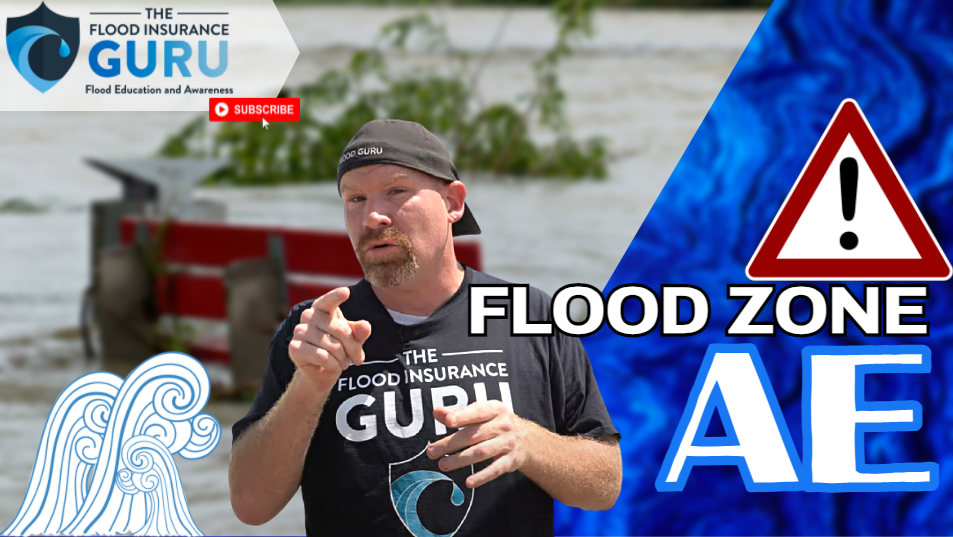
Like the bad change, this also means that you have to carry a flood insurance policy on your property to make sure that it's protected at all times. This can also mean higher flood premiums in the current version of the National Flood Insurance Program (NFIP) for when you insure your property and since this will be a mandatory flood insurance purchase, you definitely have to prepare your wallet for it.
There are ways to make these bad and ugly changes easier to manage, however. This starts with your preferred flood insurance option: the National Flood Insurance Program (NFIP) or the Private Flood market. Let's talk more about these two.
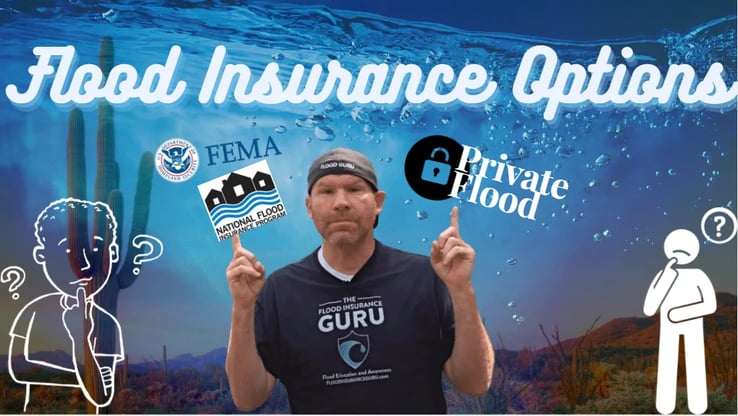
The NFIP
The National Flood Insurance Program (NFIP) is purely managed by the federal government since this is FEMA's answer to flood insurance. An NFIP flood policy can get you flood coverage on both your dwelling and the contents within it. When we say dwelling, this simply pertains to either the residential property or commercial building that you're trying to insure with NFIP and FEMA; contents will be more about the personal property and items you have inside the insured building.
There is a coverage limit when it comes to federal flood policies. Flood damage to buildings will be covered to a maximum of $250,000 for residential policies and can only go up to $500,000 maximum if it's for a commercial property. Regardless of the type of property you have written, you can expect to get a $100,000 maximum contents coverage from an NFIP policy.
There's also what's called the Increased Cost of Compliance (ICC) coverage. This is a $30,000 additional coverage for your property in order to make sure that there are flood mitigation efforts made on the property according to the federal government's standards. Generally, this can include sandbagging your property, installing floodproofing walls, raising your lowest floor from the base flood elevation levels, and putting flood openings. The labor that goes into making these mitigation efforts happen will also be covered under the ICC.

The good thing about the NFIP and FEMA is that they won't really push you immediately to the waters. Instead, they will allow you to ease into the possible flood insurance rate changes you'll be getting with your new flood zone. This is what's called newly mapped rates where FEMA will have you pay a lower flood rate or premium on your first year after the flood map update. This is also known as the Preferred Risk Policy (PRP) and will slowly start to increase until you meet the actual flood insurance premium expected to be paid for in your new flood zone.
There are also perks with your participating community in Prescott. A participating community gets access to federal flood insurance and disaster assistance, but more importantly, you also get to work with your community on raising your Community Rating System (CRS) score. The CRS measures and rewards the overall flood mitigation efforts done by the community according to FEMA's standards on floodplain management. Simply put, the higher your CRS score is, the bigger the flood insurance discount you'll get from FEMA and the NFIP.
You can start enjoying your NFIP policy after a 30-day waiting period from the flood insurance purchase.
The Private Flood
If the federal flood insurance option doesn't really work for you then you can manage this new floodplain mapping through the private flood insurance market. It's important to note that this market will solely be managed and provided by private insurance companies which generally means that the red tapes FEMA and NFIP has to go through won't be there.
The first thing you'll immediately see with the private flood market is that there are significantly shorter waiting periods for your flood policy. Once you have everything settled and paid for, a private flood insurance policy can take effect on the same day or up to 14 days maximum.
Another good thing coming out of private flood insurance is that there are no coverage limits. This means that you won't really need to stress over how to get covered for a $500,000 home since it will be fully covered by your policy. This is the same with contents coverage and you'll also get additional coverages like replacement costs, additional living expenses, and loss of use.
Fair warning, it's a known issue in the private insurance market in general that they will do moratoriums when there are risks that are too high for their comforts. This simply means that they will either put a stop or take a break from providing flood insurance policies to a certain area that has higher risks. There's also a chance that you might not get to buy flood insurance from them once they decide to non-renew your policy.
At the end of the day, the choice of where you'll be getting flood insurance depends on you. What's really important is that you know your flood risks and have enough protection from all possible outcomes of a flood event such as flood loss and flood damage.
If you have questions on these new FEMA flood maps, maybe you want to determine your flood zone, knowing your area's average flood depths and flood data, or anything about flood, reach out to us by clicking below.
Remember, we have an educational background in flood mitigation and we want to help you understand flood risks, your flood insurance, and mitigating your property long-term.


